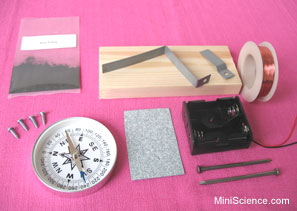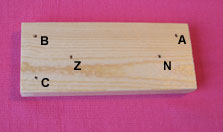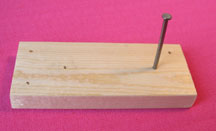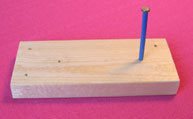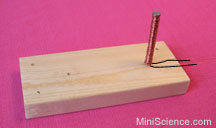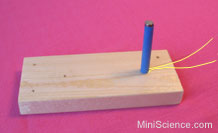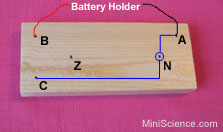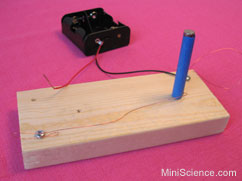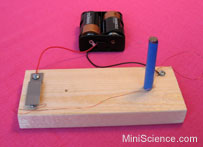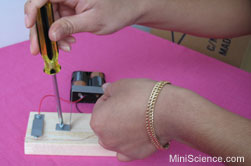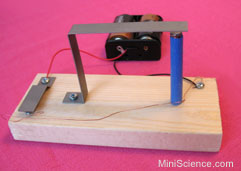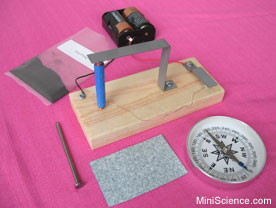|
Telegraph Key and Sounder (An Electromagnetism Project)
History of telegraph The Beginning of Electronic
Communications In 1830, an American, Joseph Henry, demonstrated the potential of Sturgeon's device for long distance communication by sending an electronic current over one mile of wire to activate an electromagnet which caused a bell to strike. Thus the electric telegraph was born. Samuel F.B. Morse (1791-1872) successfully exploited Henry's invention commercially. While a professor of arts and design at New York University in 1835, Samuel Morse proved that signals could be transmitted by wire. He used pulses of current to deflect an electromagnet, which moved a marker to produce written codes on a strip of paper - the invention of Morse Code. The following year, the device was modified to emboss the paper with dots and dashes. He gave a public demonstration in 1838, but it was not until five years later that Congress (reflecting public apathy) funded $30,000 to construct an experimental telegraph line from Washington to Baltimore, a distance of 40 miles. Procedure: |
||||||||||||||||||||||
|
||||||||||||||||||||||
